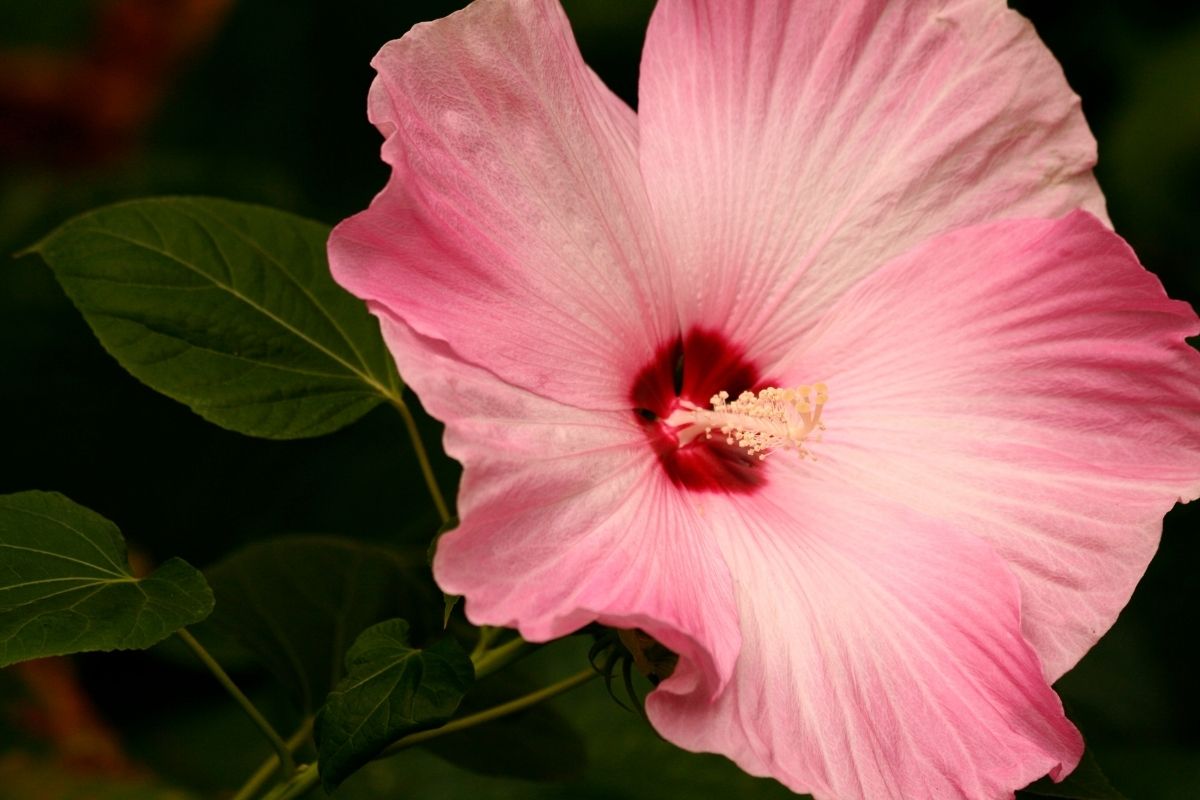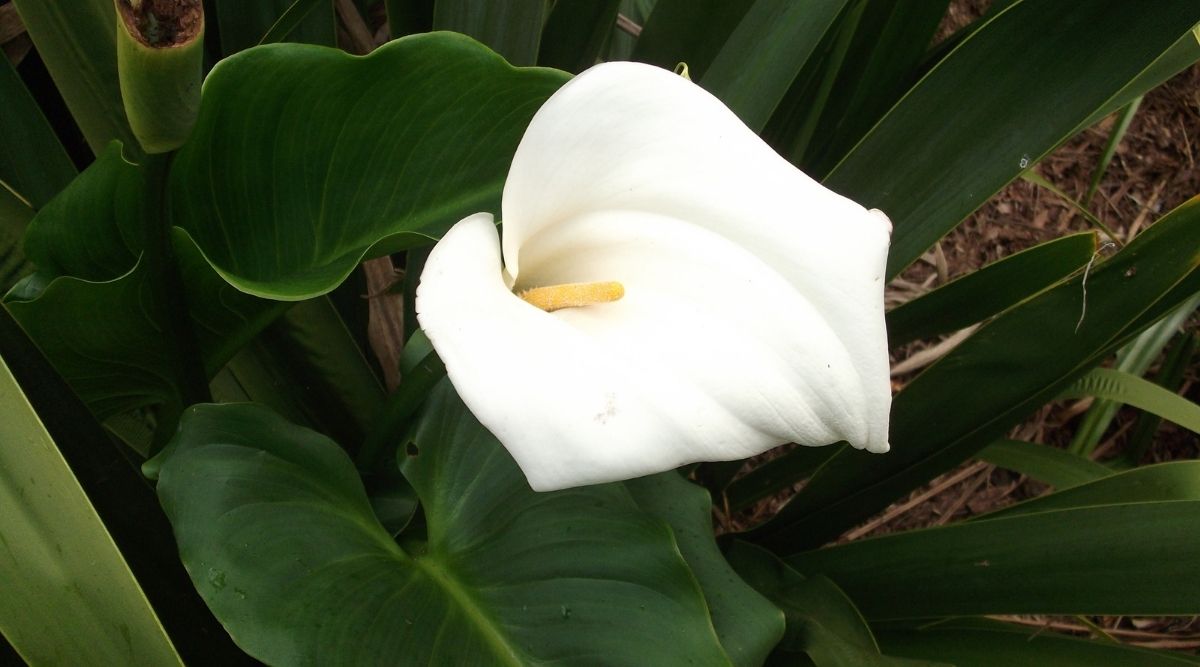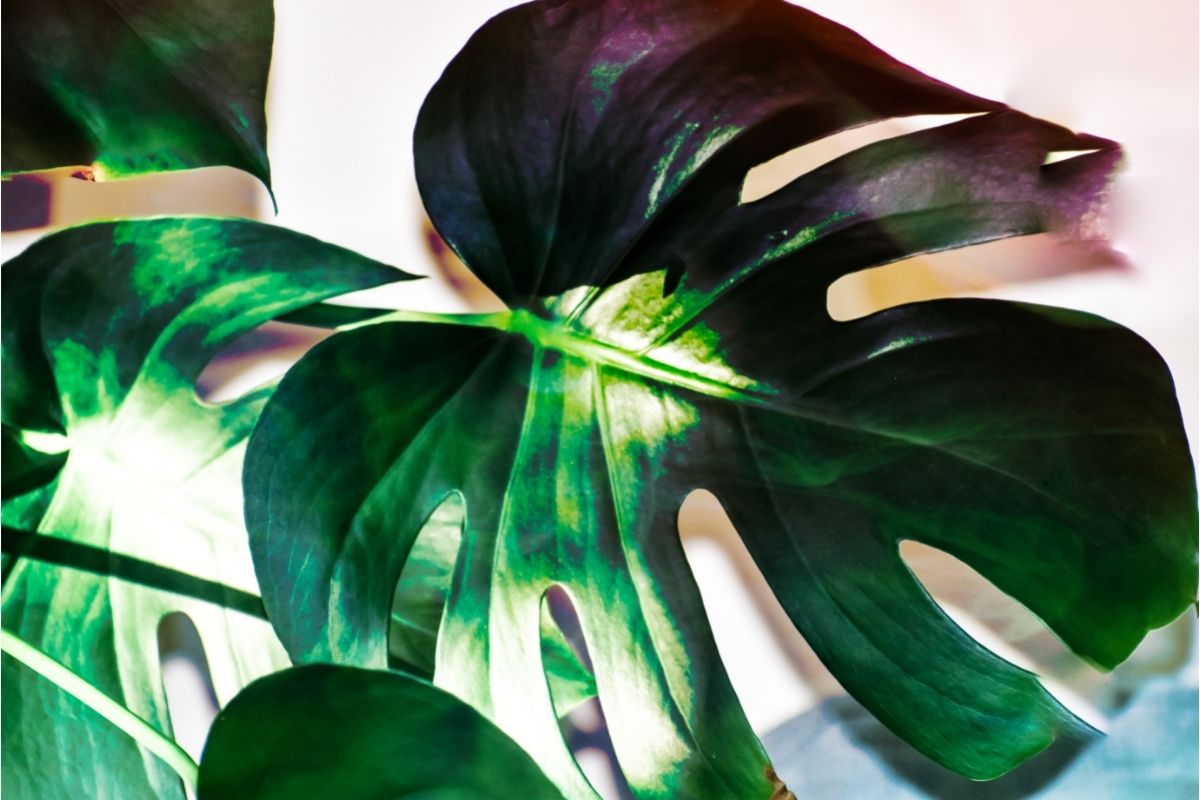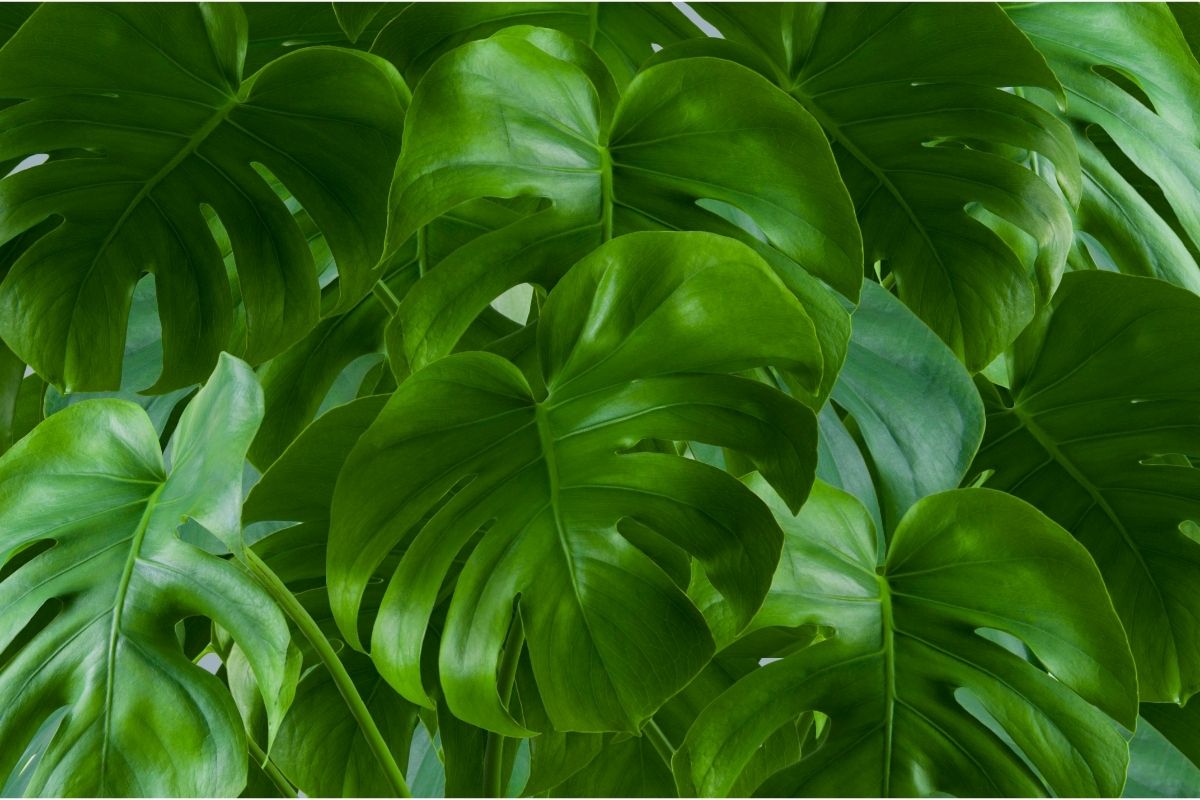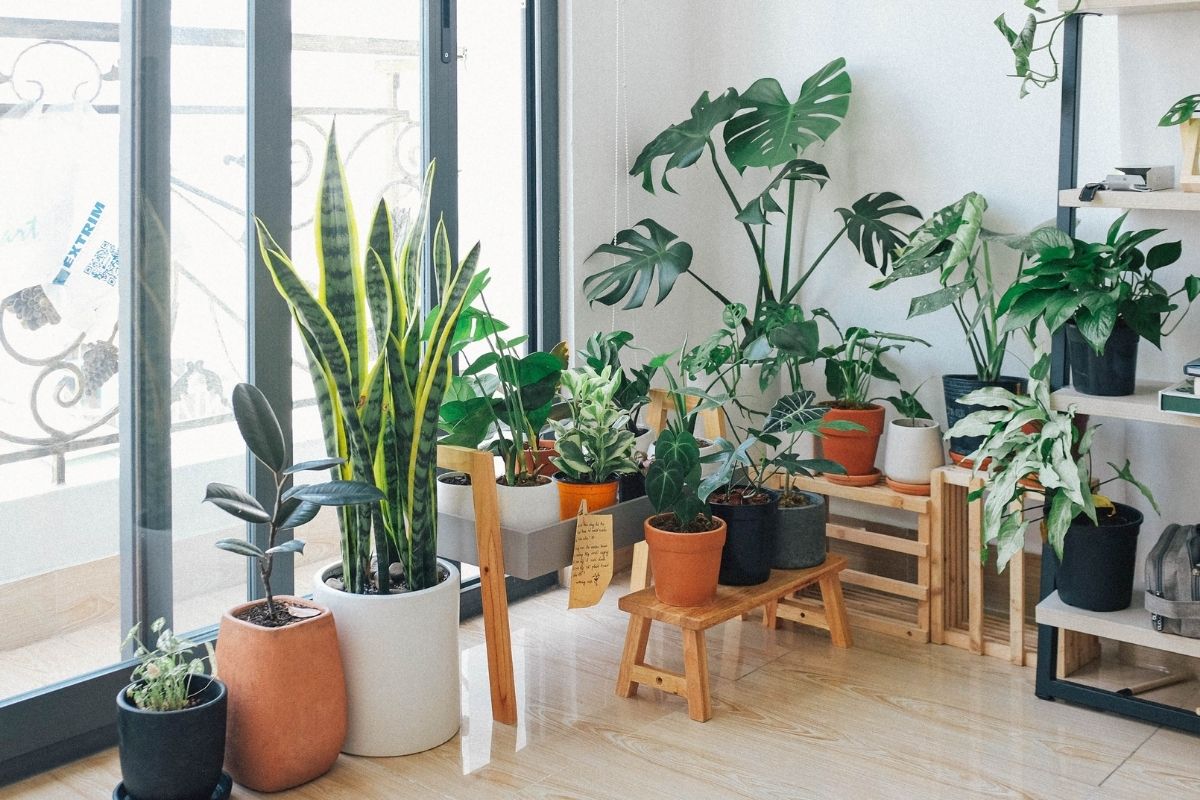Even though monstera plants are pretty hardy, they can still die if not given the correct conditions to thrive. With this in mind, you might have noticed that your monstera has recently changed from its usual flourishing self.
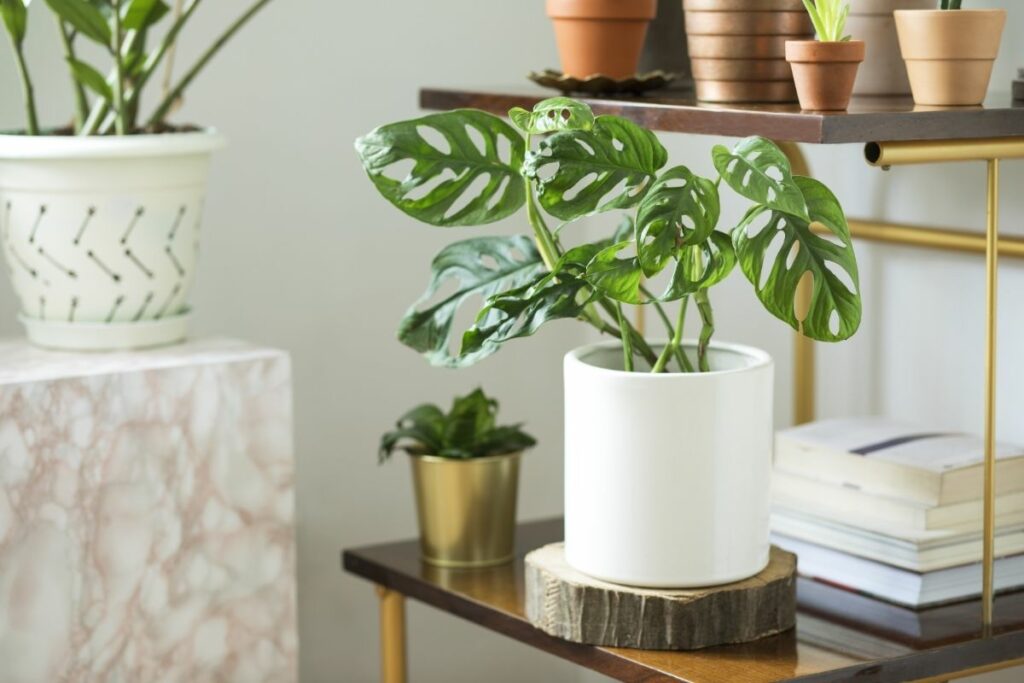
When this happens, it is understandable that you might think that it is in the process of dying. A monstera is known to give visual clues, so it is always worth keeping an eye on your plant to make sure it is happy and healthy.
If you are wondering what is up with your monstera, and if there is any way to revive it, then read on.
Visual Clues Of A Monstera Dying
When your monstera gives out clues that it is dying, you will need to act fast if you want to try to save it. Some of these include droopy leaves, yellow leaves, no new growths, white spots and the plant wilting.
You may notice that it is the leaves that suffer first, so pay attention to these every time you inspect the plant. In fact, it is via the leaves that you can tell whether the monstera is living in good conditions, or bad.
However, even if you do spot an isolated problem, this issue can lead to another issue, so you might find that there are a number of things going off all at once.
Leaves Are Drooping On Monstera Plant
There are a few reasons why the leaves may be drooping on your plant. It might not be getting the sufficient light that it needs, the temperature is too cold, or its watering is not right.
When the monstera gets only low light, they become a lot weaker, and it causes them not to be able to photosynthesize as well as they should be able to. Because of this, their leaves droop.
Due to cold temperature, the cells break in the leaves which cause them to droop.
If you are overwatering your plant, rather than checking to see if it needs watering, it could be affecting the monstera in a major way. Whilst it is good to have a routine, you really should only be watering a plant when it needs it.
You can do this using your finger by poking it into the soil a level or two below the surface. If it is dry, it needs watering. If it is moist, it does not need watering.
Leaves Are Turning Yellow On Monstera Plant
If you notice that the leaves of your monstera are turning yellow and brown, then it signifies that there is stress going on inside the plant. This is another area in which the plant may be either overwatered or underwatered, and could be suffering due to low light.
Another reason could be due to heavy soil. When the soil is heavy, the water cannot penetrate it the same and circulate around the roots. The water then pools into one area due to the lack of airflow.
This then suffocates the plant from below and can cause bacterial growth and rotting of the roots. This then shows up as brown or yellow leaves.
Leaves Are Curling On Monstera Plant
If you find that the leaves are curling and turning yellow, then the monstera is currently under stress due to the soil moisture not being right. This could be because they have not been watered correctly and are suffering as a result.
The yellow leaves along with the curling could signify the water problem as well as issues with nutrients. Sadly, if your monstera stays this way for too long it may eventually die.
The under-watering of the monstera means that they will eventually become dehydrated. The soil will become dry as a result.
Because the soil needs to be functioning correctly in order to supply nutrients and water to the plant, if it becomes dry, the plant will use up all the moisture from its leaves causing them to curl and go yellow.
Tap water may also be a cause for concern. Sometimes there are too many things such as high soluble salts which can damage the roots of the monstera. You may want to use filtered water instead.
Stem On Monstera Plant Turning White
If you overwater your monstera, then there is a chance that you are creating the perfect environment for bacteria and fungus to grow. This can damage the stalks and leaves of the plant.
When you see the plant turning white, always look for a fungal infection. It can grow when the air circulation is poor within the soil. When you overwater it can cause the liquid to not be absorbed by the plant, creating the perfect habitat for bacteria to breed.
Once the root has begun rotting the stems may appear white. It needs to be treated to remove it completely.
Roots Turning Brown On Monstera Plant
When the roots on a monstera turn brown, it is commonly because of root rot and overwatering. You may not notice this happening until it shows up via the leaves at a later stage.
The first sign you may spot is a nasty odor that lingers from the soil. Once the issue becomes worse, you will finally start to see the leaves become yellow or brown.
If your monstera is in low light and is suffering from root rot, it is because they do not absorb as much water when they do not get enough light. Instead, the water dries out gradually and this can cause the roots to rot.
The soil could also have poor drainage. The excess water that remains in the soil will surround the roots for longer than it needs to, causing them to rot.
Spots On Monstera Plant
Once you see a brown or black spot on a leaf, then it is a sign that your monstera is unwell and needs attention. Just like with all the issues this plant will have, it is due to the conditions in which it is put in.
As we have spoken about before, rotting roots due to poor circulation in the soil and not watering enough can all affect the leaves. When these two things happen, it can cause the leaves to develop brown spots.
Having the monstera sit in the direct sun can also cause it to develop brown spots. This is because the sun will be too hot for the plant and ‘burn’ the leaves.
If the plant is misted too much, then it could cause the leaves to rot which results in black and brown spots which are a type of fungal disease.
No New Leaves Growing On Monstera Plant

If you have noticed that your plant is not growing, you may be wondering why. Sometimes the reasons are not very obvious unless you notice that the monstera has been invaded by little bugs.
If you see aphids upon your plant, then you will want to deal with the problem before they find the other house plants nearby. Overtime they can slowly kill your plant, so you will want to nip the problem in the bud.
The aphids stunt the growth of the plant due to the fact they feed off the stem and leaves.
The monstera may be in its dormant period during the colder months such as winter. This is normal and not something to be worried about. It may need extra nutrients to help it grow consistently, as well as enough light to photosynthesize properly and to absorb its water efficiently.
Caring For Your Monstera
If you find that your monstera has a problem, there are ways to try and fix it successfully without having to say goodbye to your beloved plant. Here are a few tried and tested methods:
Under Watering
If you suspect that your monstera is completely dehydrated, then you will want to quench its thirst with some lovely water. The tell-tale sign for this is the bone dry soil that the plant is sitting in.
If you have a tray, pour the water in and sit your monstera plant in it to soak up the water. If this is not something you have available, another good tip is to water the plant in the morning, let it drain out completely and then water it again.
Overwatering
If you have overwatered your plant, then make sure you give it no more water. Let the plant absorb all the water to ensure the soil becomes really dry.
Put your finger into the soil a few inches down to test if it is moist or dry. If the soil is bone dry, you can begin watering the plant again. Make this new method of testing a habit to make sure you never overwater the monstera again.
Air Circulation
If the plant has poor air circulation, it will begin to suffocate. Put the plant where there is airflow in the room, and do not put them side-by-side with other plants – they do not need to make friends.
Direct Sun
Just like with us humans, monstera do not like to be in the direct sun for too long as it can burn the leaves and cause brown spots. Putting them in an airy light room is much better than them being by a window.
Low Light
A monstera plant should be given around 6-8 hours of indirect sunlight a day to provide them with a sufficient amount of light to keep them alive. Never keep them in a dark or dull room.
Water Quality
Unfortunately, tap water can ruin a monstera plant’s health due to the salts and other minerals that are found in the liquid. This can cause a salt buildup within the soil.
Three good ways to counteract this from happening is by using filtered water, rain water or letting water sit overnight, so the salt can settle.
Final Words
From brown leaves to white stems, unfortunately there can be many problems if a monstera plant does not live in the correct conditions despite being hardy.
If you are worried about the changes in your monstera plant, then you have a reason to be concerned. However, even if you think that your plant is dying, there could be a simple explanation such as not getting enough light that can easily be solved.
- Best Hanging Plant For Low Light - September 4, 2023
- Best Indoor Plants Florida - August 28, 2023
- Best Plants For Bathroom Smells - August 21, 2023



